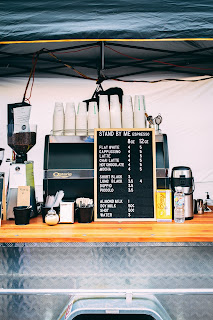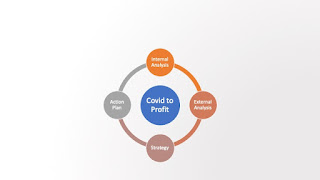4 Steps to Determine Your Selling Price.
How do you determine what price to charge
for your products or service? When customers ask for a discount how do you
determine how much discount to give? If you are the type that pays commission
on sales, do you pay a commission on the revenue or on the profit? Not many
SMEs can answer these questions confidently except for those that have a
finance background or those that have received business management training.
For most others, they go the way of “guesstimation”
In this post, I want to share some tips on
how to tackle this very critical but sometimes difficult matter of how to
determine your cost price. Establishing your cost price is the starting point
in setting your selling price whether for goods or services. We will look at
the major components of your cost, how to identify them and how to use this
information to determine your selling price.
What are the costs?
By costs, we are referring to all the money
you spend to make and sell your goods or services.
We can broadly divide all your business
costs into two categories: Fixed costs and Variable costs.
Fixed costs are those costs that remain
constant no matter the changes in volume produced or sold. An example of this
would be your office rent. A lawyer's office rent would not increase or
decrease based on the number of briefs he gets per day. Other examples include
salaries for admin staff, loan repayments etc.
Variable costs, on the other hand,
fluctuates based on changes in production, sales etc. For example, the caterer
would buy more food stuff depending on the number of people been served per
event. Other examples apart from raw materials would include packaging, wages
of production staff etc.
Why bother with knowing your costs?
If you are in business to make a profit,
then knowing your cost is critical because your profit is the difference
between your cost price and selling price. Knowing your costs will also help
you to control the cost so as to increase your profit as well as helping you to
plan for the future of the business. You will also make decisions about your
business when you know your costs.
Where are the bobby traps then?
The equation to remember is:
Total Fixed costs + Total Variable costs =
Total costs.
Like they say the devil is in the details.
The equation is simple enough but more often than not business owners either do
not capture all the costs or they misplace then and therefore don’t factor in
the fluctuations.
Take for example the cake maker that bakes
from home and doesn't factor in the cost of gas, office rent etc in fixing the
selling price. Whereas the true cost price ought to be say N10k per 6' cake but
because they left out these costs, they think the cost price is N6k and
therefore sell the cake for N9k. So rather than making a perceived profit of
N3k per cake the business is actually making a loss of N4k per cake.
Let’s take another example of say a
consultant who charges an arbitrary rate per hour for their services without
first determining what their true costs are. They will sooner than later start
facing cash-flow problems.
What are the likely remedies?
I would recommend the following steps to
help you determine your true costs:
1.
Make a list of all the costs
incurred in the production of your goods and service
2.
Separate them into fixed or
variable costs
3.
Determine your unit of
production e.g a crate of eggs or 1 hour of training
4.
Find the cost of producing one
unit
5.
Fix your selling price based on
“4” above.
There are of course variations to the above, particularly for retailers and wholesalers. Also, some costs are not easy to
classify as either fixed or variable but this notwithstanding the above should
start you on the right path.
Conclusion.
There you have it. Take out time and try to
understand how to cost your goods and services now that you know its importance
on how to go about doing it.
Do you need help in this area? Leave a
comment for me below and we could arrange a consultant to work with you.



Comments
Post a Comment